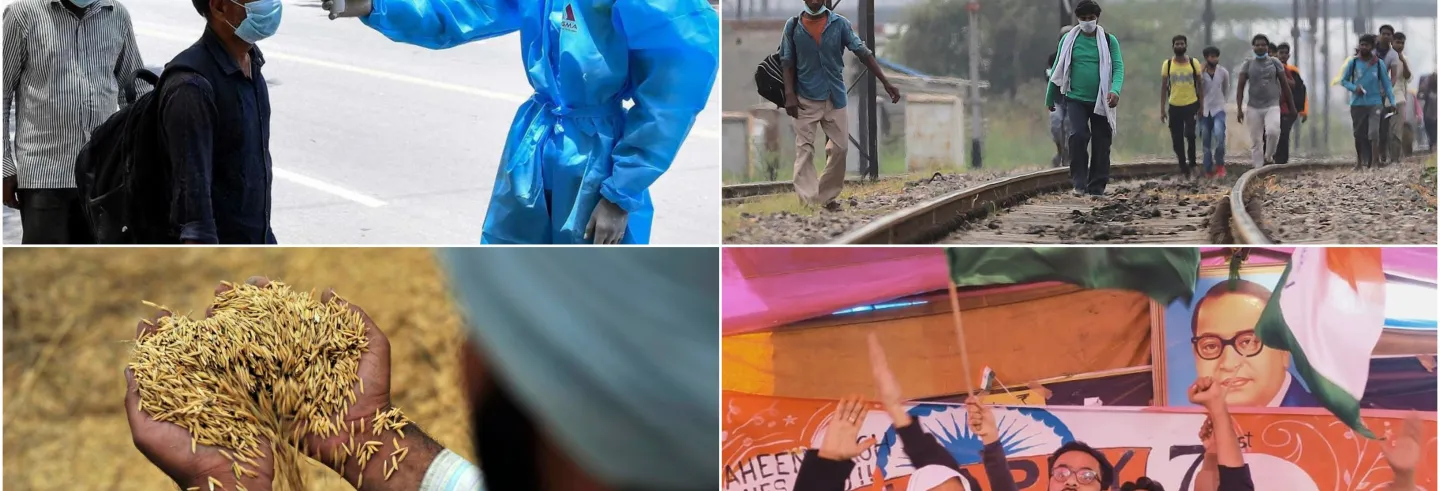It was the year of the pandemic all over the world. While Covid-19 did dominate India, so much more happened as well. Below a curated selection of some 35 articles that we are fortunate to have published on the events of 2020. This is not a ‘Best of …’ selection as news outlets are wont to put out at the end of every year. The articles instead convey a sense of the diverse set of issues covered in The India Forum in 2020, a year which was epochal in its own way.
A listing of all the monthly issues published in 2020 at the end of this selection will help the reader explore the richness of the analysis put out by ‘The India Forum’.
India in 2020: Contents
(Hyperlinks in text of article below)
I. Covid-19
1. Manufacturing Epidemics: Pathogens, Poverty, and Public Health Crises in India - Sheetal Chhabria
2. India’s Tryst With Covid-19 - Vikram Patel
3. Exodus Constitutionalism: Mass Migration in Covid Lockdown Times - Upendra Baxi
4. India's Lockdown - Debraj Ray, S. Subramanian, Lore Vandewalle
II. Citizens Amendment Act, National Register of Citizens
5. Why the CAA Violates the Constitution - Suhrith Parthasarthy
6. Mahatma Gandhi Would Have Approved - Harsh Mander
7. 'We are the True Inheritors of the Nationalist Legacy!' Muslim Consciousness and National Politics after CAA - Asim Ali
8. Our Brother’s Keepers: The Solidarity of Shaheen Bagh - CM Naim
III. The farm laws and farmer protests
9. The Three Farm Bills: Is This the Market Reform Indian Agriculture Needs? - Sudha Narayanan
10. The Agrarian Crisis in Punjab and the Making of the Anti-Farm Law Protests - Shreya Sinha
IV. Rescuing an economy in the doldrums
11. What Would Make India’s Growth Sustainable? - Maitreesh Ghatak, Ashok Kotwal, Bharat Ramaswami
12. Understanding India’s Economic Slowdown: Need for Concerted Action - R. Nagaraj
13. India’s Economic Dependence on China - Biswajit Dhar, KS Chalapati Rao
14. Knowns and Unknowns in the Covid-triggered Global Economic Crisis - CP Chandrasekhar
V. The world of work
15. The Silent Takeover of Labour Rights - Atul Sood
16. Confronting Precarious Work: Beyond social security for platform workers - Kaveri Medappa, Rajorshi Ray, Mohammad Sajjad Hussain
17. The Unequal Effects of the Covid-19 Crisis on the Labour Market - Radhicka Kapoor
18. The Continuing Relevance of MGNREGA - Sudha Narayanan
19. What do Workers Hope for? Let’s create a way of work that affirms life - Manu Majdoor
VI. Defence
20. Making Sense of China’s Dream - Deep Pal
21. The Civil and the Military in India: A Brief History and the Challenges Ahead - Srinath Raghavan
VII. Law and justice
22. Jammu and Kashmir’s New Domicile Law: Justice for some, repression for many - Mohita Bhatia
23. Gendering the Pandemic in the Prison: Pratiksha Baxi, Navsharan Singh
24. 'Collective Conscience': A Benchmark for Sacrifice? - Aurif Muzafar
VIII. New Education Policy
25. NEP 2020 on Higher Education: Wishing Away Structural Problems, Wishing a Magical Solution - Niraja Gopal Jayal
26. Academic Freedom In India: A Status Report, 2020 - Nandini Sundar, Gowhar Fazili
IX. Caste
27. The Revolt of the Upper Castes - Jean Dreze
28. For A Bahujan Economics: A Personal Statement - Aditi Priya
X. Northeast India
29. Toxic Ecologies: Assam, Oil, and a Crude Future - Dolly Kikon
30. In the Name of the Nation: Nietzsche’s Abyss Staring Back? - Sanjay Barbora
XI. History
31. India's Gift to the Struggle against Apartheid - Venu Madhav Govindu
32. Making Indian Cities Habitable: The Legacy of Patrick Geddes - Ramachandra Guha
33. When the Past Melts: Bhagat Singh as a Reader - Harjot Oberoi
34. Naming and Belonging: A Personal History of a North Indian Muslim Clan - Maryam Sikander
XII. Many more
35. The Architecture of Democracy: Central Vista and a Tale of Three Axes - Prem Chandavarkar
36. Counts and Consequences: Citizenship and Language Identity - GN Devy
37. Margins and Marginality: The Pathalgadi Movement and Jharkhand Elections 2019 - Mukulika Banerjee, Manisha Priyam
38. Char Dham Pariyojana: A High Risk Engineering Exercise - Mallika Bhanot
39. Why I’m Losing Hope in India: A socialist, secular, democratic reflection - Kiran Kumbhar
1. Covid-19
Ever since Covid-19 interrupted life in India, media references to both the plague of 1896 and the influenza pandemic of 1918 became commonplace. Sheetal Chhabria showed that India's Covid-19 crisis was one effect of a decades-long process that had produced impoverishment, hunger, and ill-health. Through its history of epidemics, the article offered insights into understanding the structural roots of India’s poor public health infrastructure.
In the fourth consecutive week of India’s lockdown, inarguably the harshest in the world, Vikram Patel wrote about the loss of health and livelihoods and called for evidence-based strategies to slow the virus and strengthen hospital capacity to care for the ill.
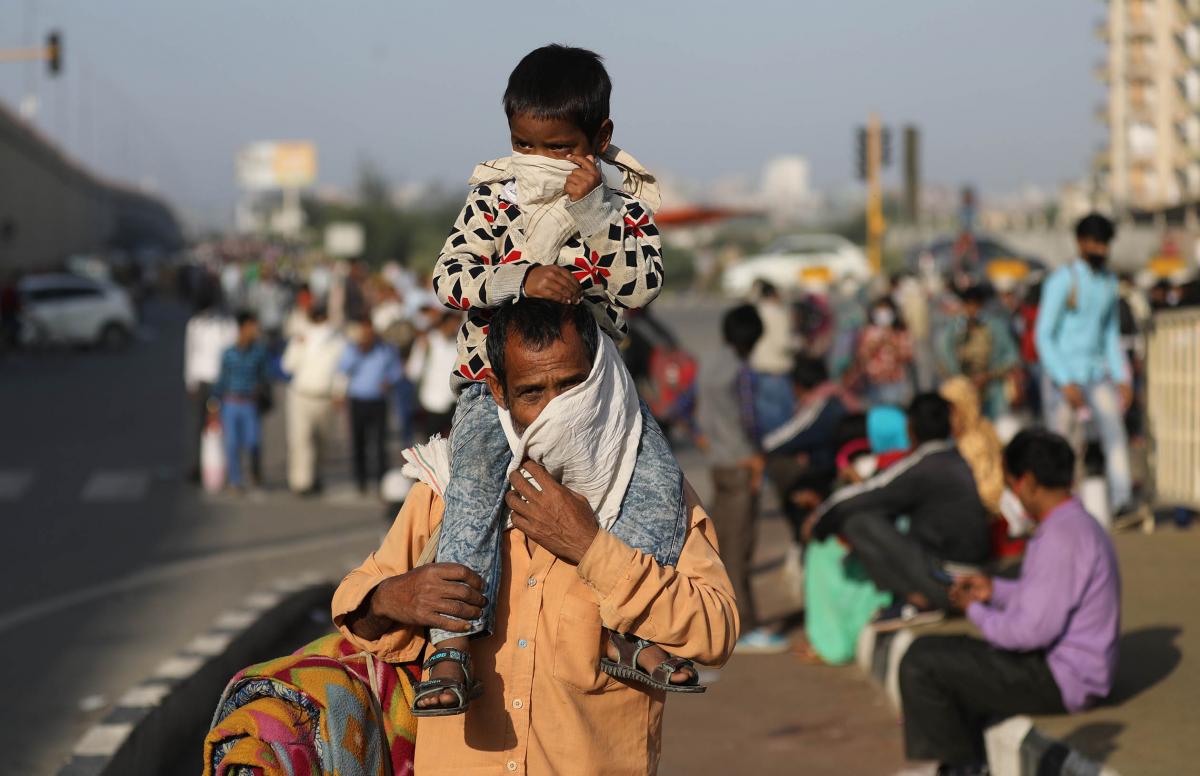
Multiple disasters and mass catastrophes were on display in the migrant crisis following the lockdown. Upendra Baxi argued that India’s extant constitutionalism might now be called ‘Exodus Constitutionalism’, a development that threatens to devalue citizenship.
India’s lockdown to control the pandemic was not accompanied by comprehensive State support for the most vulnerable. Debraj Ray, S Subramanian, and Lore Vandewalle offered an implementable option to open a lifeline for the poor.
2. Citizens Amendment Act, National Register of Citizens
The nation-wide protests that began in December 2019 after the new citizenship law was enacted by the government and continued in 2020 up until the virus’ outbreak.
Suhrith Parthasarthy set the Citizenship (Amendment) Act (CAA) against the Constitution’s language and the Supreme Court’s own past decisions, to show that it infringed fundamental rights.
On the 72nd death anniversary of Mahatma Gandhi, Harsh Mander wrote about how the Mahatma would have supported the peaceful nation-wide protests.
The protests saw Delhi’s Shaheen Bagh emerge as a symbol of resistance where the women sat through cold waves, brutal police crackdowns, and one of the worst riots in recent memory. Asim Ali affirmed that the protesters' ways of imagining religion and nationalism to meet progressive ends offer lessons for a new politics.
In another article on Shaheen Bagh CM Naim wrote that the protestors’ solidarity was not derived from some legal or religious text but from their own direct experience.
3. The farm laws and farmer protests
On 5 June 2020, amidst growing concern over the seismic collapse of the economy and the spread of the Covid-19 pandemic, the Government of India promulgated three ordinances on agricultural marketing that represented a fundamental reorientation of the existing regulatory framework. The bills made into laws in September 2020 were met with severe criticism and protests. Sudha Narayanan offered a detailed explanation and critique of the new laws that soon became one of the most widely read and cited articles on the controversial legislation.
Anger about the farm laws provoked farmers from Punjab to travel. They braved barricades, biting cold, and water cannons to show their anger. Shreya Sinha drew on her years of research to show how previously antagonistic groups in Punjab across classes, castes and gender came together to build a broad base for the agitation and beyond.
4. Rescuing an economy in the doldrums
The Indian economy entered 2020 seeing its growth path on a steady decline and the government unable to deal with the situation. Then Covid-19 as well hit the economy. The India Forum had a set of articles that took a medium and long-term view of the economy and the external environment.
Maitreesh Ghatak, Ashok Kotwal, and Bharat Ramaswami wrote that supply-side measures to revive the economy run the risk of ending up in short growth bursts that are not inclusive. They emphasised the need for a policy that pushes domestic demand, especially in rural India.
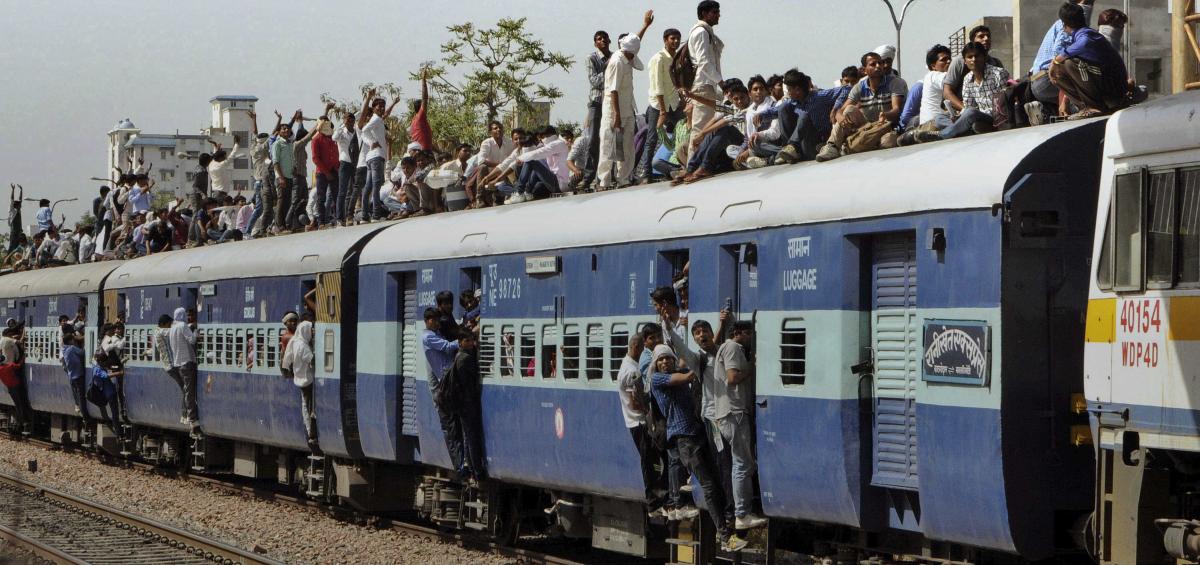
R. Nagaraj, in an essay written before the pandemic, pointed out that India is still dealing with the bust of the 2010s after the boom of the 2000s. This can be repaired only by an investment revival that is led in good part by the public sector.
In the aftermath of the LAC conflict with China, demands were made for boycotting Chinese products and prohibiting Chinese investments. Biswajit Dhar and KS Chalapati Rao wrote that because of the neglect of domestic industry for decades, India could not afford to cut its economic links with China overnight, since imports from its northern neighbour dominate sections of the economy, especially in electronics and pharmaceutical intermediates.
Looking at the world economy soon after Covid-19 had affected every part of the world, C.P. Chandrasekhar pointed out that the traditional toolbox of fiscal and monetary measures would not help deal with the exogenous shock given by the pandemic to the global economy. In these unknown waters, the state can at best ramp up medical services and devise proper relief for the poor, a suggestion that most economies did not take up.
5. The world of work
The Lok Sabha in September 2020 cleared three new labour codes: Industrial Relations Code, 2020, Code on Social Security, 2020 and Occupational Safety, Health and Working Conditions Code, 2020. The bills, pushed without any discussion made sweeping changes to the existing labour laws. Atul Sood discussed the new legislation and explained how they disempower labour.
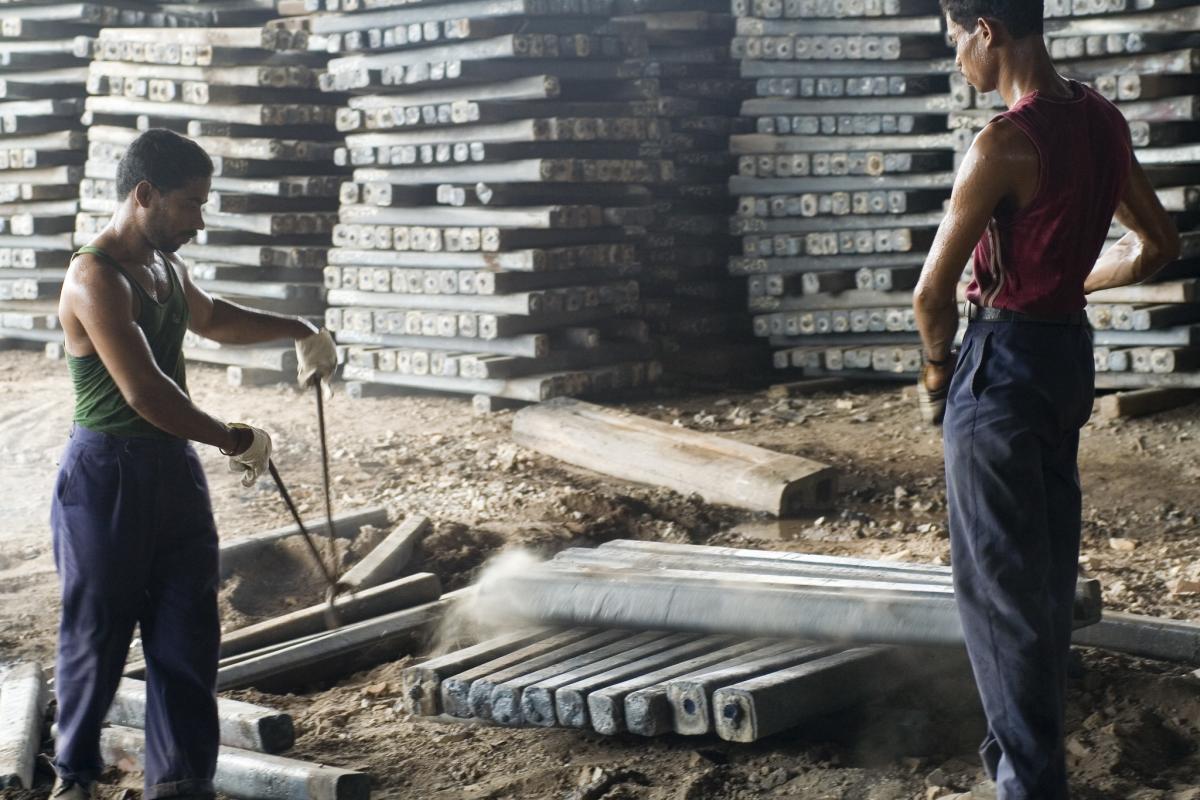 The precarisation of labour is written into the very logic of platform business models of companies like Uber, Ola, Zomato and Swiggy. Kaveri Medappa, Rajorshi Ray, Mohammad Sajjad Hussain presented their findings of a survey of the working conditions of labour (‘partners’) in these industries, which are being portrayed as the future of work’.
The precarisation of labour is written into the very logic of platform business models of companies like Uber, Ola, Zomato and Swiggy. Kaveri Medappa, Rajorshi Ray, Mohammad Sajjad Hussain presented their findings of a survey of the working conditions of labour (‘partners’) in these industries, which are being portrayed as the future of work’.
In a widely shared article, Radhicka Kapoor addressed the deteriorating conditions of employment and the widening disparities in India’s job market. She anlaysed the Periodic Labour Force Survey of 2018-19 to show that those at the bottom of the unequal labour market, with few skills, limited education and without security, would need immediate support after the lockdown to be able to rebuild their devastated lives.
For more than five years the Government has been lukewarm towards the MGNREGA. Sudha Narayanan commented that the Government should place this potentially effective instrument at the heart of its strategy to tackle an economic emergency. Written before Covid-19, the suggestions seemed to have been followed up by the government, even if only temporarily and grudgingly.
Manu Majdoor, a garment worker in the National Capital Region, narrated the story of his life and hopes. Calling for work that does not degrade but affirm life, he asked if when the world’s production capacity is immense, why should workers toil so much for two meals a day?
6. Defence
In May 2020, India and China engaged in their worst face-off in decades along the Himalayas. Answering the question of why the India-China border flares up with regularity, Deep Pal explained that for China, it is not about determining where the boundary lies, but about establishing primacy.
In January 2020, the government announced the appointment of a Chief of Defence Staff, making it the first among equals. The move was hailed as a major reform, possibly the “most significant development in the national security domain since Independence.” Srinath Raghavan argued that before the military can contribute effectively to decisions on national security, an overhaul of professional military education has to happen.
7. Law and justice
In March 2020, the Ministry of Home Affairs amended the 2010 legislation pertaining to the Jammu and Kashmir Reorganisation Act 2019. Mohita Bhatia wrote that, although the new law recognizes the rights of marginalized Hindu communities that had earlier been locked in social exclusion, giving rights to one set of groups while simultaneously taking away the rights of Kashmiris is not justice.
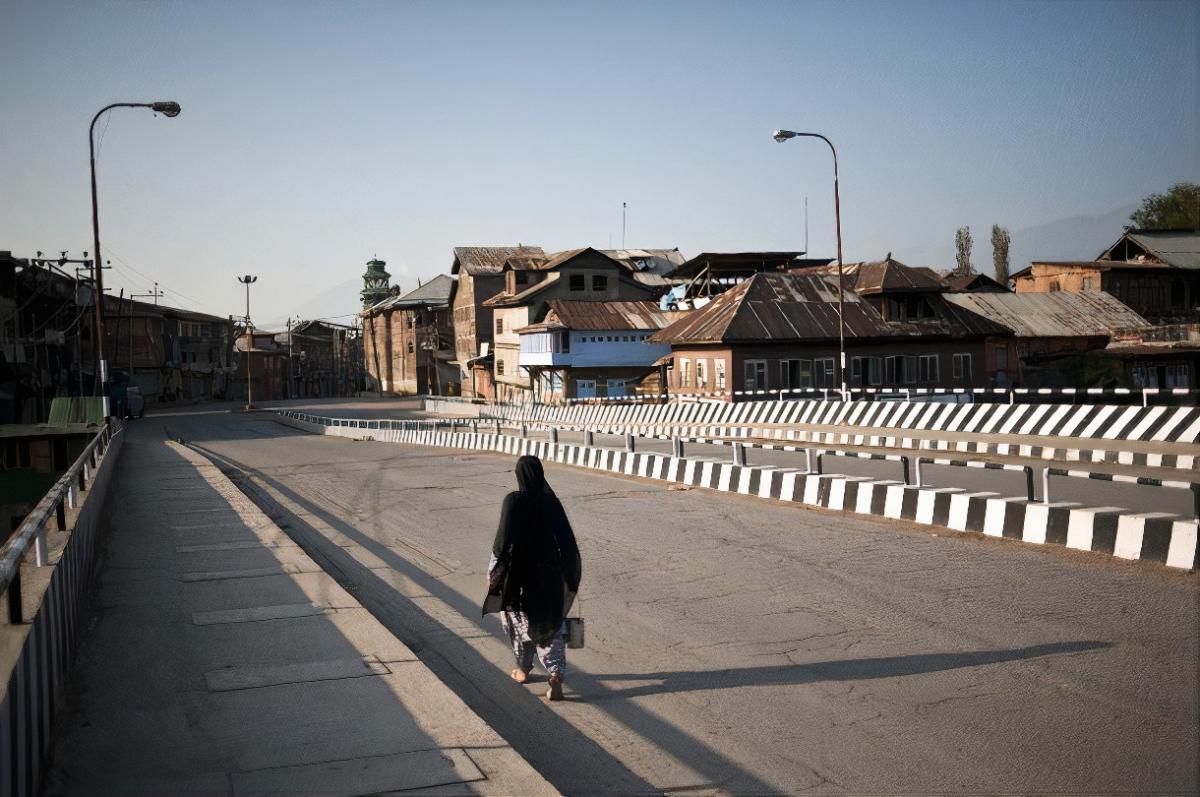
Writing about gender in Indian prisons, Pratiksha Baxi and Navsharan Singh asserted that it is time to rethink the prison system as it exists from the point of view of gender and sexual minorities. They pointed out that it was necessary that all women prisoners should be released on bail during Covid-19.
Before the execution of the 2012 Delhi gang rape and murder convicts on 20 March 2020, Aurif Muzafar asked an important question: Did they deserve to die to satisfy our ‘collective conscience’?
8. New Education Policy
In July 2020, the Union Cabinet approved the National Education Policy 2020 which was expected to transform education at all levels. On a dissection of NEP 2020’s plans for higher education, Niraja Gopal Jayal, however, pointed out that the policy had framed its recommendations without addressing the structural problems in universities today.
The right to academic freedom that is so crucial for the pursuit of knowledge has seen widespread attacks in recent years in colleges and universities across India. The India Forum published a status report on academic freedom in India in 2020 by Nandini Sundar and Gowhar Fazili.
9. Caste
Since 2014, India has seen a surge of Hindu nationalism. For Jean Dreze, it can be seen as a revolt of the upper castes against the egalitarian demands of democracy, and a lifeboat for the upper castes to restore the Brahmanical social order. This was the most read article of 2020 on The India Forum.
Recounting her struggle studying Economics in colleges and demanding a more compassionate Economics, Aditi Priya gave an account of the hostilities faced by Bahujan students in universities and that they must fight to assert their identity, reject being called ‘non-meritorious’ and master their subjects.
10. Northeast India
Using the Baghjan blowout and fire that happened in May 2020 in Assam as an example, Dolly Kikon pointed out that resource extraction has been foundational to the logic of politics in Assam and that this has marginalised local communities.
Reviewing Sanjib Baruah's book In The Name of the Nation, Sanjay Barbora wrote of what Northeast India has become and where muscular policy may take us in the rest of India.
11. History
Venu Madhav Govindu wrote a tribute to ES Reddy, the Indian in the United Nations who fought for decades for an end to apartheid. His commitment to solidarity and justice across borders is a lesson at a time when societies are turning insular.
Ramachandra Guha wrote about Patrick Geddes, the Scottish town planner, who a century ago had anticipated the social and environmental problems of a rapidly urbanising India.
In a brief and interesting read, Harjot Oberoi presented the eclectic reading tastes of Bhagat Singh that ranged from the classical tradition to high modernity revealing a futuristic paradigm for the Idea of India.
As belonging is questioned and citizenship interrogated in India, Maryam Sikander touched upon the issue by discussing her family’s personal history in Agra.
12. Many more
Beyond these categories, there were a number of very insightful articles on topical issues:
In 2020, the government continued to pursue its plans for redevelopment of Delhi’s Central Vista without debate and disclosure. In a fascinating essay that combined history with urban planning, Prem Chandavarkar showed how the project will reduce public space, highlight the spectacle of government and reflect the authoritarian turn in our democracy.
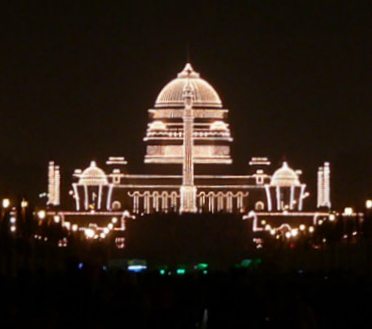
On the Census of India, GN Devy wrote about the language diversity that has always been a given for Indians and yet officially they are being ‘erased’. As in 2011, the 2021 Census too may see hundreds of languages removed from official records in the service of Hindi-Hindu nationalism.
The Pathalgadi movement of Jharkhand drew on Munda traditions to fashion the 2019 electoral defeat of the incumbent BJP. A unique interplay of an assertion of constitutional rights, local sovereignty and social practices made this a special moment, wrote Mukulika Banerjee and Manisha Priyam.
Mallika Bhanot examined the prestigious Char Dham Pariyojana to widen roads to Uttarakhand’s pilgrimage sites. This was being rapidly pushed forward by the government without paying heed to the environmental and social consequences even bypassing several laws in the process.
At the end of the year, Kiran Kumbhar, a young physician now studying the history of medicine, gave voice to a mood of despair about where the country was heading.
13. The Rest
This year The India Forum forayed into the world of podcasts. You can check out the episodes of ‘The India Forum Conversations’ here.
The India Forum offered so much else as well in 2020. Everything can be found in the 12 monthly issues published during the year:
Jan 10 Feb 7 March 6 April 3 May 1 June 5
July 3 Aug 7 Sept 4 Oct 2 Nov 6 Dec 4

